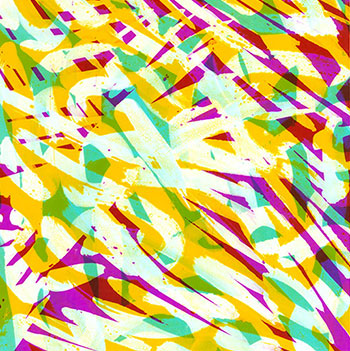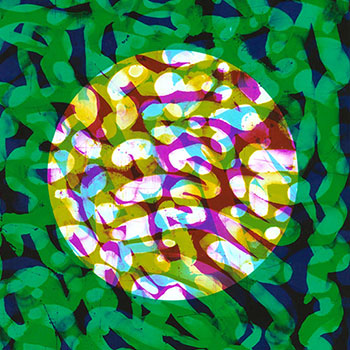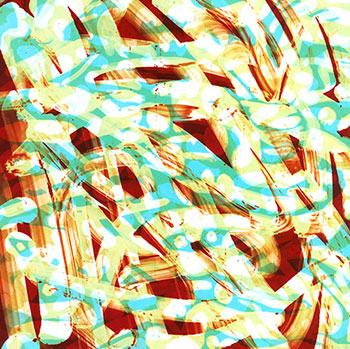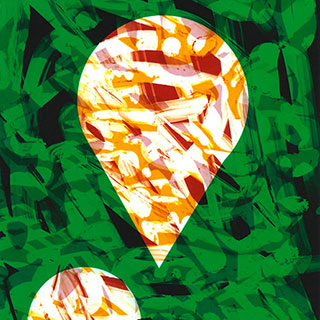Kramer's Dream
Question: Is it possible to combine the optics of photography with the haptics of woodcut?
This series is dedicated to the aesthetic potential of a transmedial technique. Kramer's Dream is the result of extensive research into how analogue photography and woodcut can be brought together in the darkroom.
The artistic work of Paul Gauguin and the woodcut workshop of Andreas Kramer served as an inspirational starting point for this series. Gauguin is better known for his expressionist paintings in Polynesia than for his high-contrast woodcuts, which were exhibited at the Grand Palais in Paris in 2018 and sparked Wenger's fascination with the medium. The woodcut, with its simple means and intense expressiveness, especially when using primary colours, prompted Wenger to learn the technique himself, which he was able to do with the Berlin artist Andreas Kramer.
In his architectural studies, geometric and therefore austere structures were omnipresent. This series is dedicated to an aesthetic liberation in form and composition, which is reflected in both the artistic process and the technique used: Everything takes place in the darkroom, where the chemical processes of the medium intertwine with the processuality of the woodcut's layering system. Stencils cover and form overlapping negative films. It is a complex interplay of visibility and influence, transparency and invisibility, decision and intuition.
Intense colours and geometric shapes meet painterly elements in a constant dialogue. The search for compositional balance, an oscillating tension of formal characteristics, characterises this series. The interlocking techniques overlap in a multi-layered way, revealing the immanent aesthetics of the medium.



















